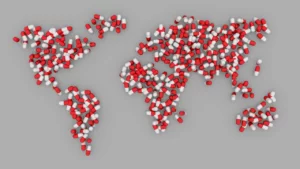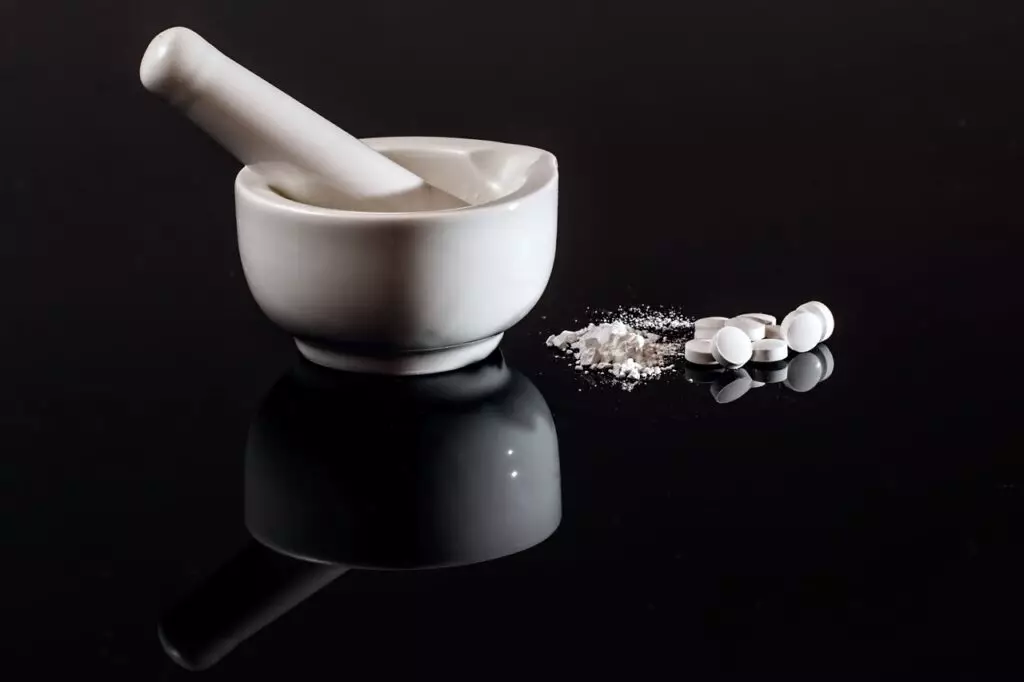These days oxycodone, sometimes called the brand names Percocet or OxyContin, is one of the most widely prescribed pain pills across the state of Florida. The Sunshine State is one of the easiest places to illicitly acquire opioid drugs, not only that, but they are widely distributed legally in the healthcare system in the state as well. This sort of availability has had devastating effects on the population; 16 people die in Florida everyday due to opioid related issues. That ends up calculating out to be almost 6000 Floridians a year lost to an opioid addiction that probably started with a drug like oxycodone.
Doctors may prescribe Oxycodone to the person who has been through surgery, has hurt their back at work, or gets a wisdom tooth extracted, all understandable reasons to need some form of medical pain relief. Oxycodone is prescribed for a myriad of different discomforts, chronic and acute in large number. According to CNN, “The number of opioid prescriptions dispensed by doctors steadily increased from 112 million prescriptions in 1992 to a peak of 282 million in 2012, according to the market research firm IMS Health. The number of prescriptions dispensed has since declined, falling to 236 million in 2016.”

The opioid epidemic national and international effects are just as difficult to read about as Florida’s. Indeed, opioids are in the spotlight right now not only in South Florida, but throughout the US and across the world. The amount of deaths the drugs induces has spurred attention from world leaders and the healthcare world. In 2016, according to the World Health Organization, opioids were responsible for almost 75% of the world’s drug fatalities. So many people addicted to more powerful opioids began their addiction with an honest and legal prescription. Many people who are addicted to Heroin and end up at 1st Step’s Heroin Drug Treatment in Broward County by way of oxycodone or hydrocodone first. According to CNN’s Opioid Fact Sheet:
“Hydrocodone and oxycodone are semi-synthetic opioids, manufactured in labs with natural and synthetic ingredients. Between 2007 and 2016, the most widely prescribed opioid was hydrocodone (Vicodin). In 2016, 6.2 billion hydrocodone pills were distributed nationwide. The second most prevalent opioid was oxycodone (Percocet). In 2016, 5 billion oxycodone tablets were distributed in the United States.”
With the common knowledge of the prescription to illicit opioid slippery slope, those numbers of opioid prescriptions should strike some alarm in everyone’s mind.
Where did Oxycodone Come From?

Oxycodone didn’t take long to become a popular street drug. The drug, like most opiates binds to the pain, pleasure, and addiction controlling receptors in the brain in order to reduce discomfort in the physical body, and induce a sense of relaxation and contentment in the mind of the person taking the substance. With side effects like that, oxycodone was almost destined to become a hot drug on the illegal markets. Many people who become addicted to drugs or alcohol are looking for a calming of a tortured mind or relief from chronic depression or chronic pain (which leads to depression). A drug that can offer relief to both a person’s physical and mental trouble is hard to resist for anyone with a propensity toward addiction.
Heartbreakingly, oxycodone is a silent killer that kills young and old alike. It’s the kind of drug that seems safe because people are often first introduced to it in prescription form, but if abused it can slip an addict easily into overdose, and even death. If it doesn’t come to that, the rate at which opiates engender growth of tolerance in their users is aggressive, and it’s not long before a user will likely have to seek out stronger opiates to retain the feeling of euphoria or contentment that the Oxycodone gave them when they started using the substance. All opioids will offer that feeling of contentment and relief and all opioids will build tolerance in the drug user at an exponential rate. The stronger the opioid, the more volatile and deadly it seems to be. Opioids are killing hundreds of thousands people worldwide every year.
Doctors may prescribe Oxycodone to the person who has been through surgery, has hurt their back at work, or gets a wisdom tooth extracted, all understandable reasons to need some form of medical pain relief. Oxycodone is prescribed for a myriad of different discomforts, chronic and acute. According to CNN, “The number of opioid prescriptions dispensed by doctors steadily increased from 112 million prescriptions in 1992 to a peak of 282 million in 2012, according to the market research firm IMS Health. The number of prescriptions dispensed has since declined, falling to 236 million in 2016.”
Even though these staggering statistics feel so disheartening, there is hope. Bringing issues like Oxycodone addiction to the forefront will help researching scientists, political leaders, and healthcare professionals to see the real danger and create more legislation to safeguard against the abuse of drugs like oxycodone. Measures like Florida’s recent legislation are being taken throughout communities across the world. 25 states had already passed a similar kind of law as Florida’s when Gov. Scott signed the law.
Oxycodone Treatment in South Florida

1st Step Behavioral Health can help people struggling with withdrawal from oxycodone and are here to make sure that their addictions are taken care of in a safe environment in a healthy manner. Treatment available at 1st Step treatment facility locations includes medically supervised detoxification while the user is experiencing oxycodone withdrawal symptoms, addiction rehabilitation treatment that focuses on personal and group therapy, as well as aftercare relapse prevention therapy. Call today to learn more about 1st Step’s rehab options.
Jump to a Section
Call (855) 425-4846
